Offshore Wind Power Development in Vietnam – Suggestions from Norway
Lesson 4: How to choose to develop offshore wind power ports?
Offshore wind power ports play a key strategic role in the supply chain for construction and implementation of offshore wind power projects. Vietnam has all the conditions to develop port clusters and specialized ports for the wind power industry.
Experience in selecting offshore wind power ports
According to research by the Norwegian Embassy, offshore wind ports play a key role in the supply chain for offshore wind farms. Depending on the chosen installation strategy, a port can function as a manufacturing, transshipment, assembly and/or commissioning hub/facility. In all cases, the port acts as a strategic point in the supply chain, facilitating the transport of all components – structures and turbines – specific to the wind farm. Therefore, the first step in building a wind farm is to carefully select at least one major port that can support the project by mobilizing existing facilities or that can support the project after minor upgrades.
|
Hai Phong is an old port city, with many specialized ports, capable of being upgraded to a main port serving the offshore wind power industry value chain (Illustration photo) |
Throughout the various stages of an offshore wind farm project lifecycle, from component fabrication, pre-assembly, installation, commissioning, ongoing operations and maintenance to the final decommissioning phase, it is important to designate a port with dedicated facilities. However, in practice, it is not possible to identify a single port with the available staging area to simultaneously support all activities during the project lifecycle. To date, some suppliers of key components for the offshore wind sector have tended to establish manufacturing or commissioning facilities at ports, in order to optimize the transportation of heavy components required for offshore wind farm construction more easily and safely.
The development of ports suitable for offshore wind is of paramount importance, as they can facilitate the development of the domestic offshore wind sector while addressing the logistical challenges associated with the pre-construction, construction and maintenance phases. By creating a central hub for various activities, offshore wind ports reduce costs, improve efficiency, create local jobs and promote the expansion of clean and renewable energy production from offshore wind sources. As such, ports play a critical and strategic role for all project stakeholders.
According to Decision 804/QD-TTg dated July 8, 2022 of the Government , Vietnam currently has 34 seaports. These ports are divided into four different categories. According to the criteria for evaluating and classifying ports, not only the volume of goods and/or ship tonnage that the ports receive is considered, but also the potential impact of the port. Hai Phong and Ba Ria - Vung Tau are two provinces/cities with seaports classified as special.
A staging or assembly port acts as an intermediate hub during the construction phase of an offshore wind farm, typically located closer to the offshore construction site than a fabrication or production port, with the aim of providing temporary storage and potentially acting as an assembly hub for components such as foundations and turbine towers, which may come from a variety of manufacturing sites before being installed at the offshore site.
In the Norwegian case study context, the indispensable processes in the fabrication phase were assessed, including: Import and storage of WTG components; Assembly and storage of structural components for the offshore wind project, including jacket foundations, casings and pylons. This process includes the use of pre-fabricated steel sections and sub-components received from the fabrication yard; Transportation of the wind turbine generator and complete assembly of the WTG pylons at the designated port location before loading onto the vessel.
Note that loading components onto ships for transport to offshore installation sites and fabrication/manufacturing of foundations and piers is a flexible undertaking, allowing multiple facilities to participate if a distributed construction strategy is adopted.
Given the diversity of criteria depending on the manufacturing capabilities of each facility, the evaluation process deliberately did not include consideration of modular manufacturing methods, but focused on the preferred approach, i.e., centralized manufacturing at a single facility. While a flexible supply chain with multiple facilities remains a viable option, this option can add complexity to logistics and sometimes manufacturing due to potential discrepancies between facilities. It can also cause delays to the project if inexperienced suppliers are used to manufacture different components using different facilities.
The criteria for single-site fabrication are slightly less restrictive than for assembly. The load capacity of the fabrication area may be slightly lower than that of the assembly area since the components are fabricated individually first and then transported to the assembly area. In the context of this assessment, the processes that are integral to the fabrication phase include: Import of raw materials; Fabrication of steel parts/sections/sheets; Transportation to the assembly shop; Assembly of components.
An Operations and Maintenance (O&M) port serves as a storage location for the ongoing operations and maintenance of an offshore wind farm throughout its designated operational life. These facilities, typically established by the wind farm project developer or operator, are tailored to suit the project’s specific O&M strategy and requirements, and may include dedicated berthing facilities for O&M vessels, such as crew transfer vessels (CTVs).
Typical facilities at an O&M port may include berthing facilities for O&M vessels with utilities and cranes, offices for operations staff, a marine control center to direct operations, water and land transportation facilities for turbine technicians, and warehouses to store additional components required for O&M. The primary deciding factor influencing the selection of an O&M port is often the distance to the offshore site. This selection criterion is particularly important for developers because the requirements for such ports are often less stringent than those for specialized fabrication and assembly ports.
Hai Phong and Vung Tau need to be upgraded into offshore wind power ports
In Vietnam, northern ports, including those in the Hai Phong port cluster, are currently less interested in supporting the offshore wind industry. This is understandable given the uncertainty of the offshore wind policy framework and the roadmap to access the domestic market. However, since most domestic steel supply is in the north or imported from other northern countries such as China, South Korea and Japan, northern ports could become logistics hubs for foundations or piers if they establish fabrication facilities.
|
Vung Tau Port with many advantages in oil and gas industry facilities, water level can quickly develop into a central port of the offshore wind power industry. |
This strategic move – entering the foundation manufacturing sector – could position these ports as potential ports for upcoming offshore wind projects, making the Hai Phong and Quang Ninh port areas to some extent an important component in Vietnam’s offshore wind development roadmap.
In contrast, southern ports show a more favorable trend, possibly due to the influence of the long-standing presence of the oil and gas industry. A notable location is the Vung Tau port cluster, where the Vietnam Petroleum Technical Services Corporation (PTSC) is pioneering the offshore wind power sector. With solid infrastructure, good facilities and extensive experience, the ports in Vung Tau can affirm that they will be capable and reliable partners in the offshore renewable energy industry. The diverse services here can cover the entire project life cycle, demonstrating the commitment to sustainable energy development in Vietnam.
The Norwegian Embassy’s study found that ports in the 2030 scenario only allow for a limited lead time of 2 years. Therefore, major improvements cannot be expected, with only existing infrastructure available to support offshore wind projects. Based on the analysis, Vietnam does not have the capacity to manufacture WTG and submarine cables, except for pylons.
Therefore, the project will have to import the above components. More specifically, offshore wind power projects located in the Binh Thuan sea area can take advantage of the long-standing oil and gas supply chain in the Vung Tau area. WTG foundations (three-legged, four-legged, jacket, monopiles (SREC monopiles are currently under construction and ready for operation in 2024), offshore substation foundations and offshore substations can be fabricated and assembled at the Vung Tau port cluster (PTSC, Vietsovpetro, PVC-MS, PV Shipyard).
SREC can (sub)contract for WTG’s foundation; PV PIPE and PV GAS COATING, located near Vung Tau port cluster, can (sub)contract for auxiliary components (metal plates, pipes, etc.), along with on-site services (NDT testing, corrosion protection, insulation protection, etc.). The piers can be fabricated at SREC and/or CS Wind.
For offshore wind power projects located in the Hai Phong sea area, projects can use: Hai Phong Port Cluster (PTSC Dinh Vu, Nam Dinh Vu, Nam Hai Dinh Vu, Tan Vu) as the gathering center. Other options are limited in the southern region because the offshore wind power industry in the area is not yet strongly developed.
Moving to the next scenario (up to 2035) with an additional 5 years of preparation, it is expected that simple secondary steel products, blades, and casings can be sourced domestically if a continuous long-term process is established. Although the secondary components of the WTG (rotor, shaft, generator, etc.) are expected to still be imported due to the complexity of the manufacturing process. Overall, this scenario is expected to have a higher level of localization.
For offshore wind projects located in the Binh Thuan and Hai Phong sea areas, the location of foundation and pier manufacturing is likely to remain the same under the 2030 scenario. It should be noted that, even under the latter scenario, foundation manufacturing in the North will be challenging. This is due to the height limitations of many of the major ports/shipyards in Hai Phong. The conversion of the remaining northern ports into consolidation and fabrication ports, which were originally designated for container handling, will require significant investments that are unlikely to be met given this timeframe.
Bui Cong
Lesson 3: To develop offshore wind power supply chain reasonably
Lesson 2: Need to build a strong, clear and solid legal framework for offshore wind power development
Article 1: Vietnam can become a supply chain hub for offshore wind power in Asia-Pacific
Source: https://www.pvn.vn/chuyen-muc/tap-doan/tin/6d79f25b-0940-44e3-94c7-788891761d3a


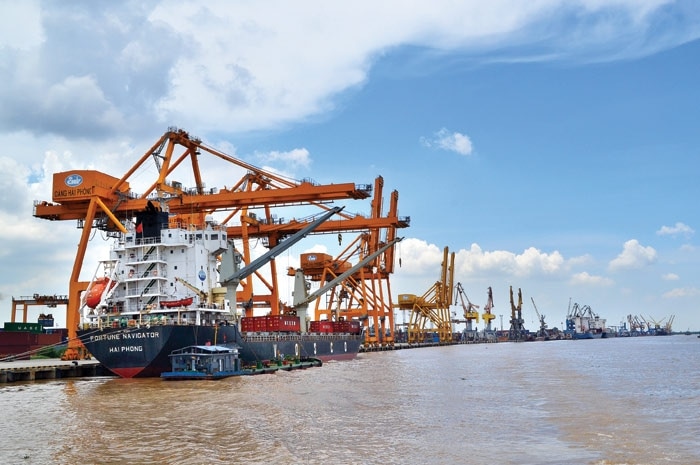
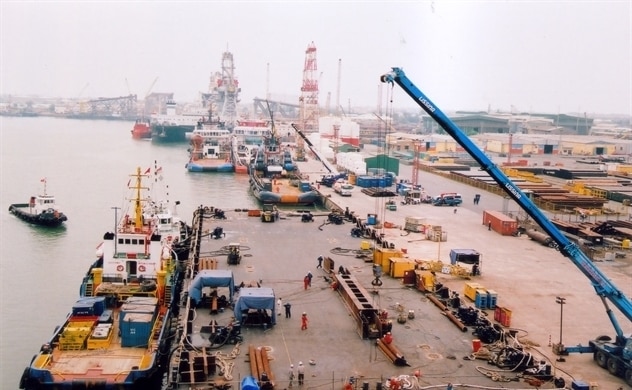
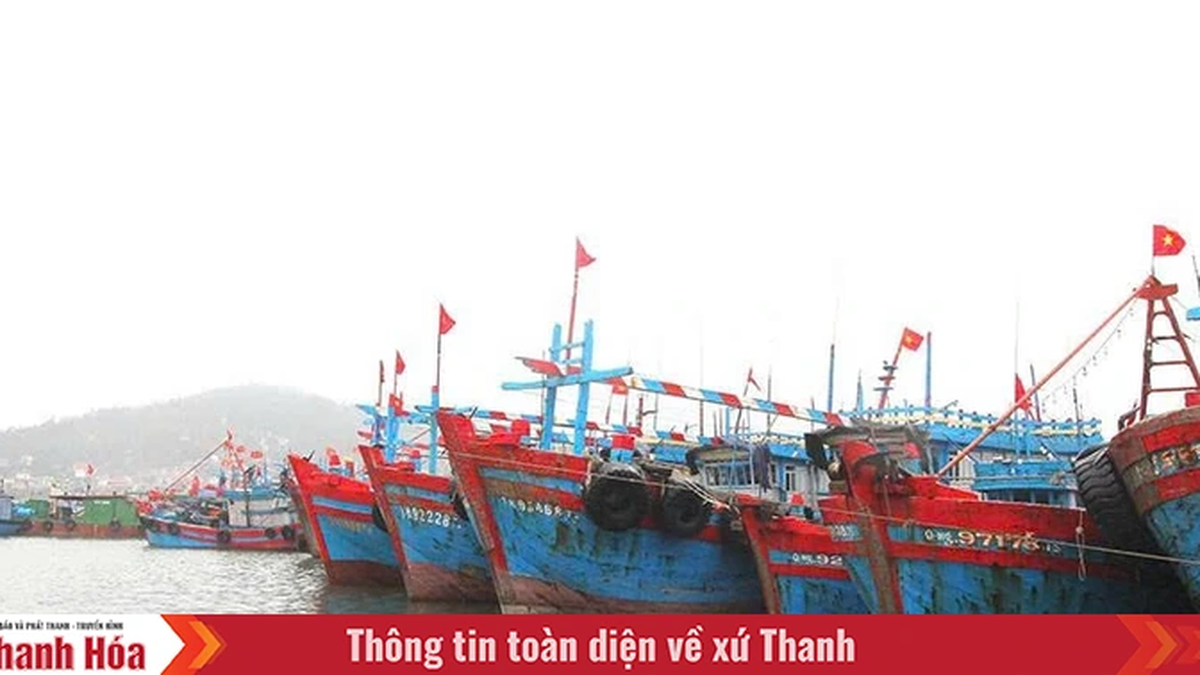


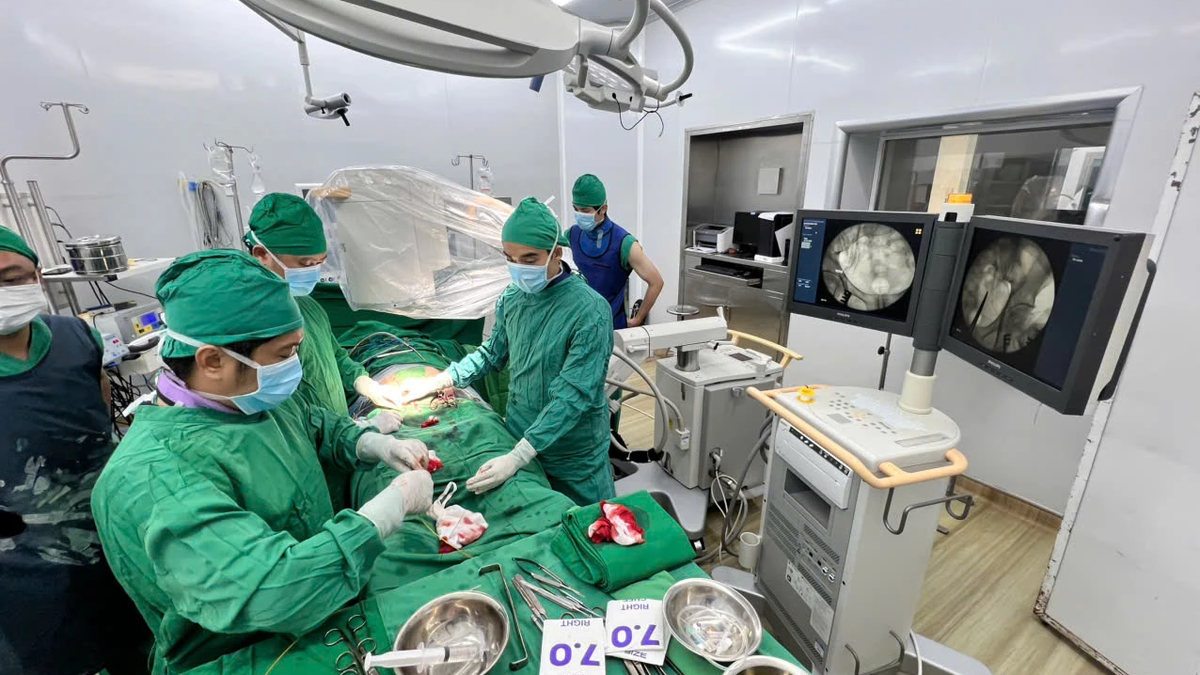
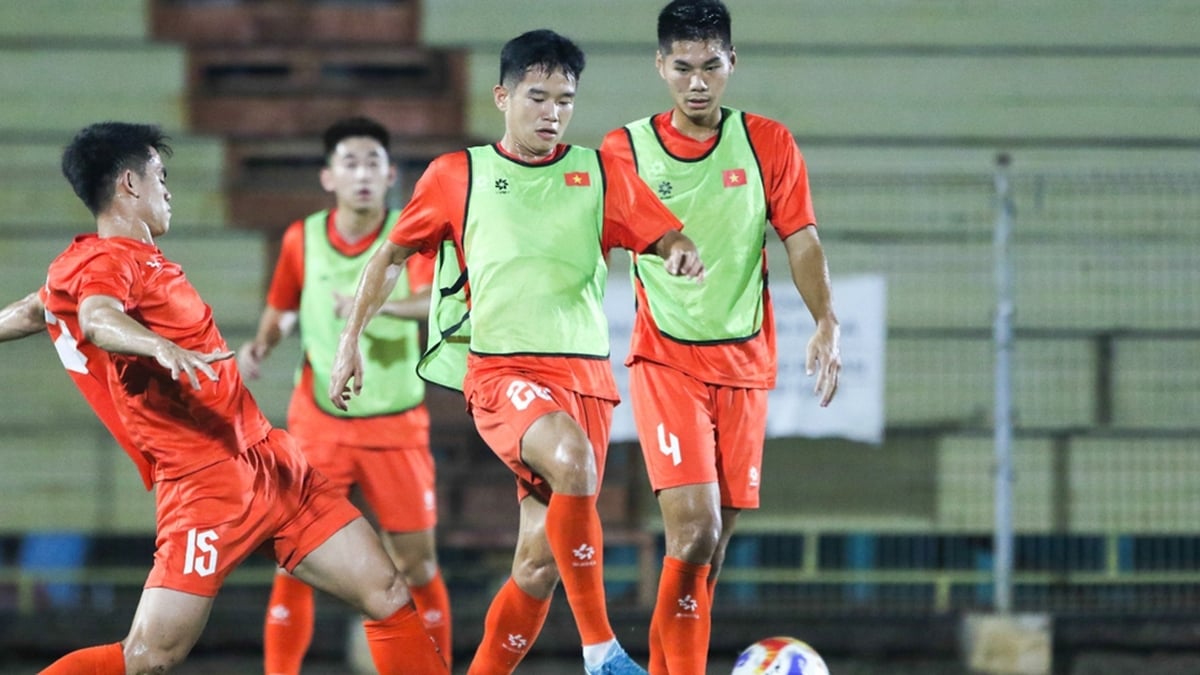



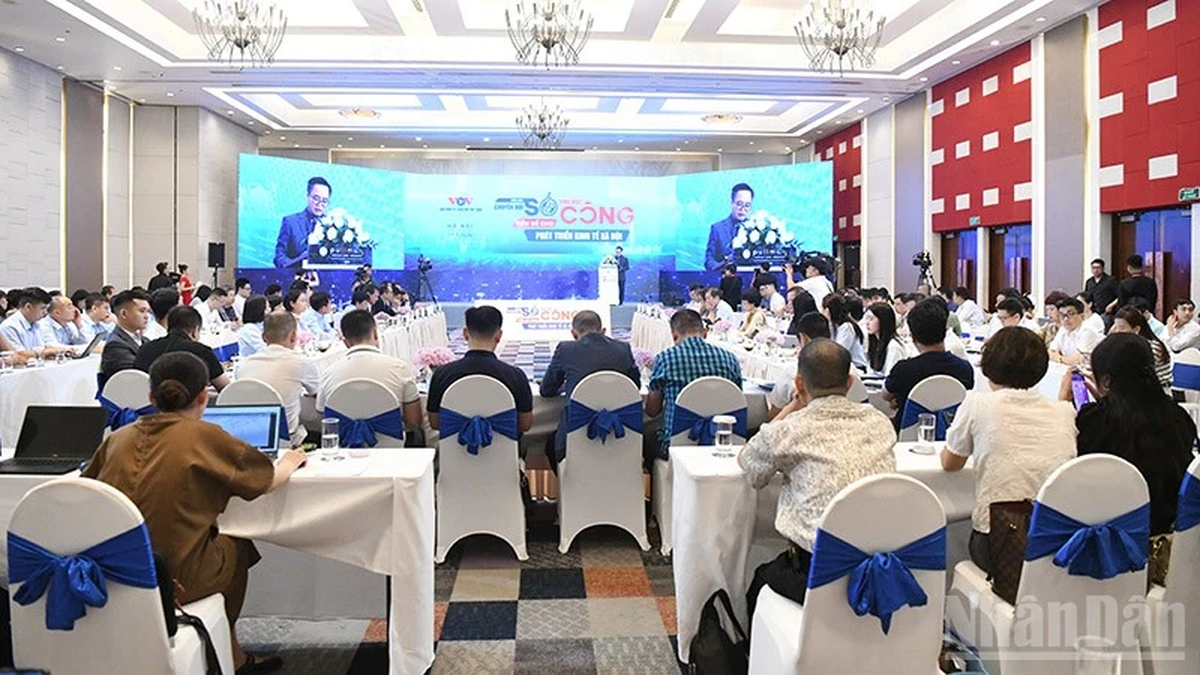

























































































Comment (0)